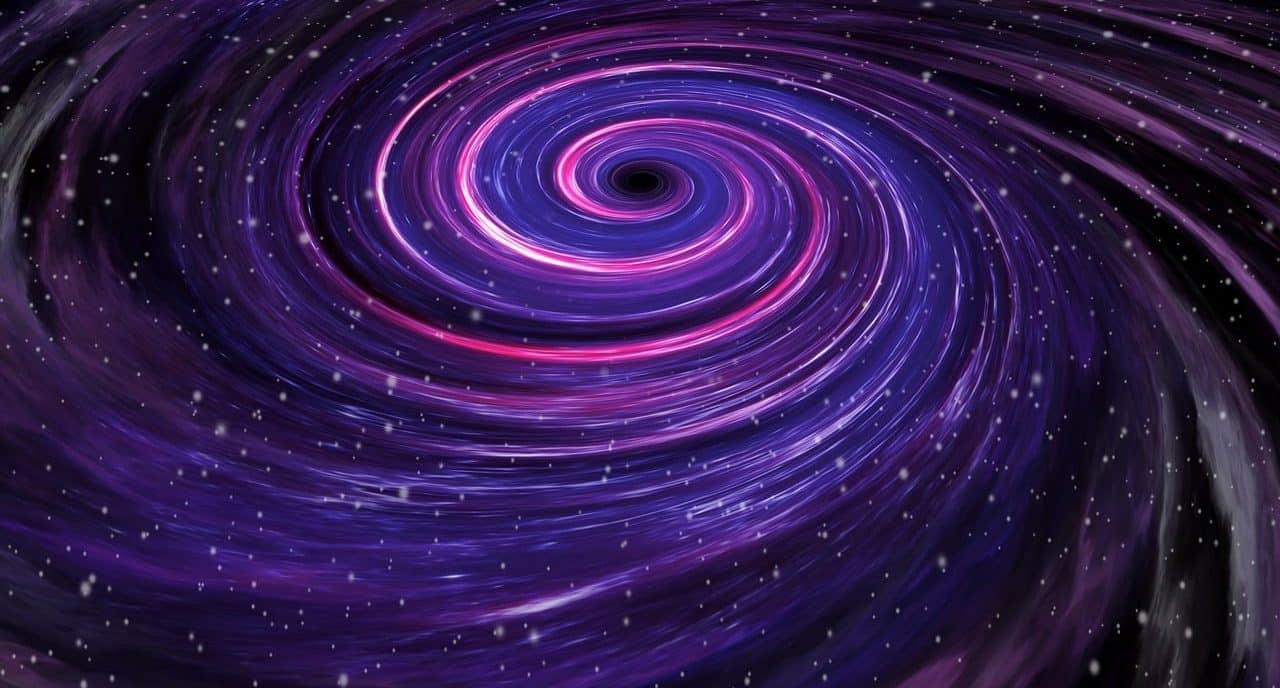
Focusing efforts on detecting gravitational waves arising from the explosion of a star's core can provide useful and interesting information about the process of supernovae emergence.
Supernova is the name given to massive cosmic explosions linked to the final evolutionary instance of massive stars or the nuclear fusion of white dwarfs . These are important and powerful events marked by great brilliance and shocking luminosity . So intense are the flashes that the glow can persist from a few weeks to months.
When the explosion occurs, as experts have been able to establish, the outermost layers of the exploded star are expelled through shock waves, distributing heavy elements throughout the surrounding environment, remains that end up forming clouds of gas and dust.
To better understand this phenomenon, we must know that a considerable amount of nuclear fuel burns in the center, or core , of a massive star . This heart, by producing an enormous amount of energy , ends up heating up and, in this framework, a sufficient level of pressure is generated to prevent stellar collapse . In this way, a pair of forces that oppose each other coexist in balance: with the nuclear fuel, a powerful outward pressure is caused, while gravity drives compression in an internal direction. Gravity ends up imposing itself and causing the massive star to collapse and explode when it, after exhausting its fuel, loses temperature and sees the pressure value decreased.
Types of supernovae
The absorption line of different chemical elements noticeable in the corresponding spectrum of a supernova was decisive in beginning to classify this phenomenon, far back in time. Today it is possible to identify, based on the absence or detection of hydrogen, several types of supernovae .
A type I supernova , for example, is classified as a white dwarf explosion located in a binary system . This variety arises in hydrogen-deficient star systems and is present in all galaxies .
In the same way, it has been possible to recognize the type Ia supernova (a subcategory characterized by powerful white dwarfs that, by rotating slowly, cause the matter of a star with similar features to deplete and lead to it surpassing by several units of solar mass, a limit that prevents them from resisting their own weight and the phenomenon ends with a collapse that gives way to a neutron star ); the type Ib supernova (it has powerful helium lines but there is no hydrogen in its spectrum, although observations made with a telescope around SN 2014C raised doubts in this regard because this supernova fell into the type Ib group and, however, possessed hydrogen) and the type Ic supernova (without helium or hydrogen, formed by the collapse of a massive star due to its own weight, whose explosion usually produces gamma rays ).
The so-called type II supernova is usually a supermassive star whose fuel has run out and therefore ends up collapsing violently and quickly.

The gravitational collapse that a massive star reaches in the final instance of its existence when it no longer has energy gives way to a so-called stellar black hole , which can also arise when a pair of neutron stars merge.
Recent findings
Astronomical studies are continuous and increasingly exhaustive, which is why relevant discoveries come to light with certain frequency that arouse the curiosity and interest of both experts and ordinary people. Among the recent findings related to supernovae, it is worth stopping at the news that emerged thanks to an image recorded by the James Webb Space Telescope .
According to the specialized press, the scientific intrigue about Cassiopeia A dates back many years, a bright supernova remnant where only dust and gas eddies remain. Studying it enriches the knowledge focused on the life cycle of stars , which is why the visual material that allows us to appreciate in detail the interior of the exploded star has caused a revolution. This remnant, as it has emerged, spreads out for around a diameter of 10 light years . It is necessary to consider that one light year , which accounts for the distance that a ray of light manages to travel annually, is equivalent to 9.46 trillion kilometers.
Nor should we overlook the information that holds a supernova responsible for the destruction or momentary disturbance, as a consequence of its brilliant explosion of gamma rays , of a sector of the upper atmosphere of our planet, destabilizing the ozone molecules responsible for the absorption of solar radiation .

The structure that arises when a star explodes and that constitutes the main generator of cosmic rays is known as a remnant, supernova remnant or supernova nebula.
Featured Supernovas
Among the large number of supernovae detected throughout History, there are several of them that have managed to stand out for different reasons. Among the notable supernovae, we remember one located in the constellation of Cassiopeia , named SN 1572 (also called the Tycho supernova ), which could be seen with the naked eye.
Another historic supernova is SN 1054 (Crab Nebula) which was also easily observed for dozens of days and hundreds of nights. It was a pulsar that exploded and left compact residues and gave rise to what is classified as the Crab Nebula .
SN 1604 (or Kepler's Supernova) and supernova 1987A are other examples, in these two cases, of supernovae visible in the Milky Way .
Link of interest:
https://spaceplace.nasa.gov/supernova/sp/
